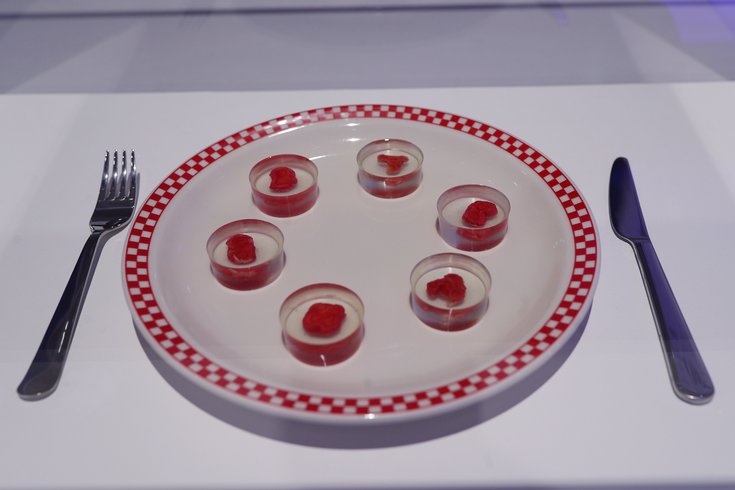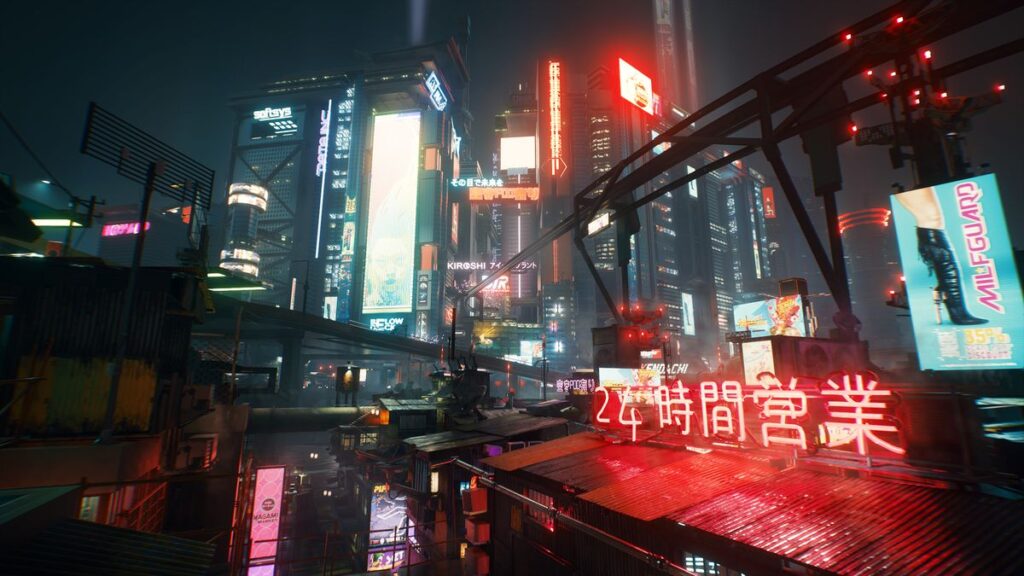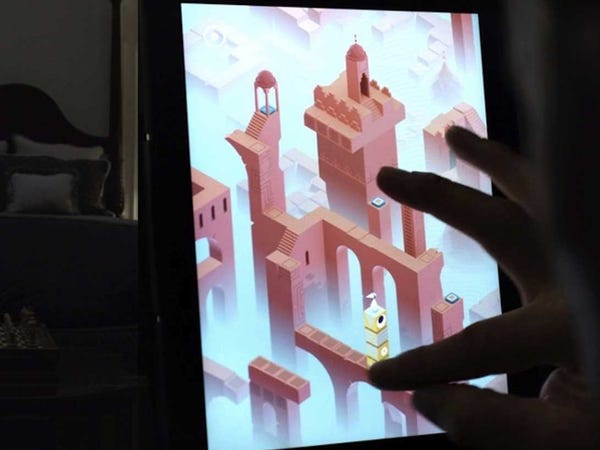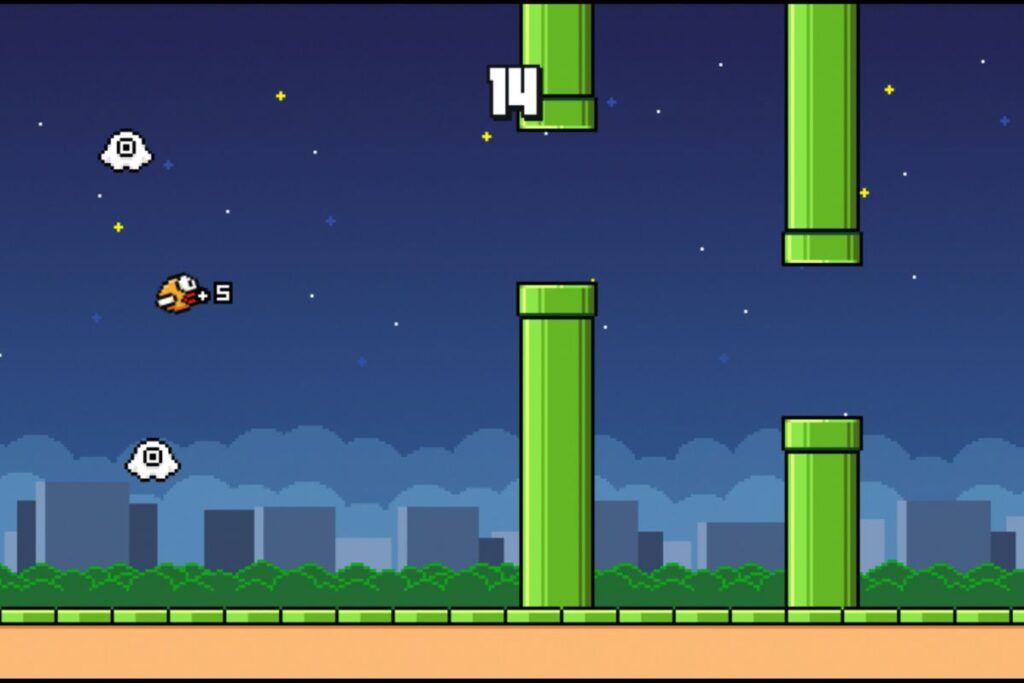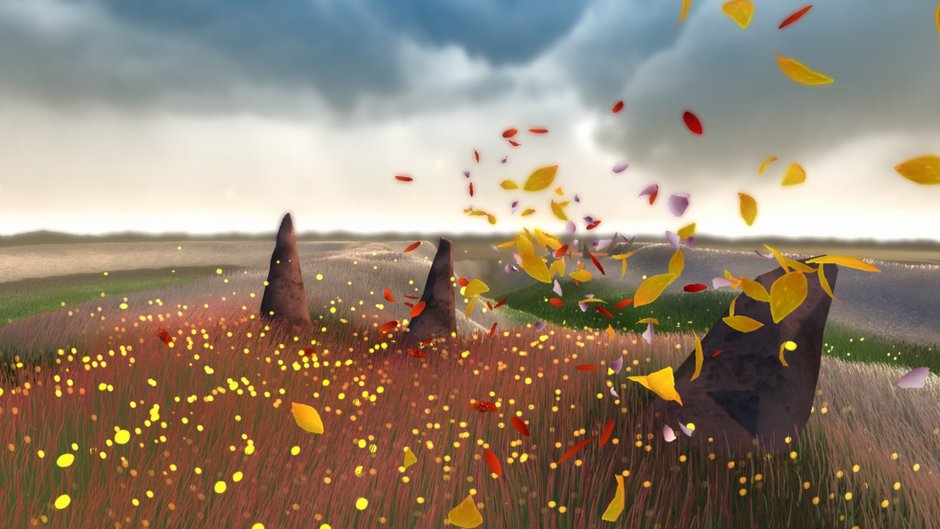Pantone Colors 2021
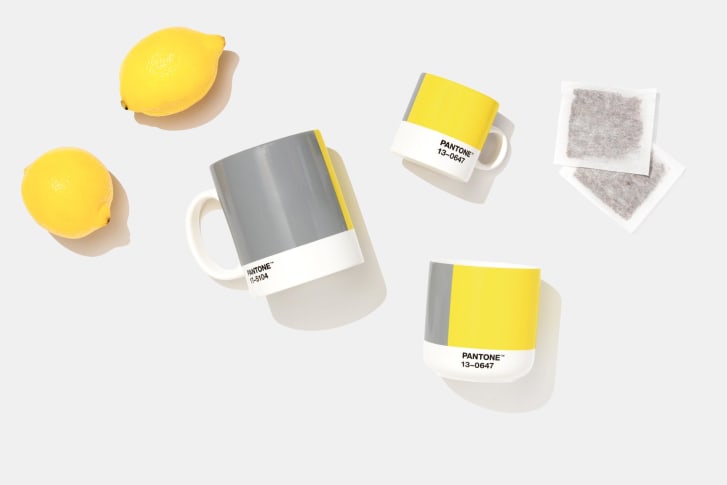
Pantone has chosen its colors for 2021! It was interesting to see what colors they would choose, especially since in this class we have talked a lot about messaging and meaning behind choice of the colors and because 2020 has been a bizarre year to say the least. Pantone has chosen “Ultimate Gray” and “Illuminating,” a neutral gray and a sunshine yellow. The colors supposedly signify “a light at the end of the tunnel” which is appropriate, as 2021, hopefully, will be a year of rebuilding and recovery. Seeing the colors, I immediately thought of how this year has been for me- pretty miserable and gray (if I were to choose a color for this year, I would choose a much darker, smokier gray) but with some small moments of hope. To me, the “Ultimate Gray” color signifies uncertain hope, mourning, and healing. The gray does not promise positivity ahead, but it has a soothing, calming quality to it which somehow gives me a sense that everything will be okay. The bright yellow, although it’s a beautiful shade, seems a little too literal. I think Pantone’s act in choosing the “Illuminating” color in itself is symbolic and uplifting, since it seems to signal something positive to come. However, the cynic in me feels that it was too cliche for Pantone to choose the bright yellow color. The gray color speaks to me more, because it’s uplifting without feeling performative and is a color that I feel people can relate to. The color seems to say, “2021 will still have challenges and will not be all peaches and cream, but everything will be okay.”
